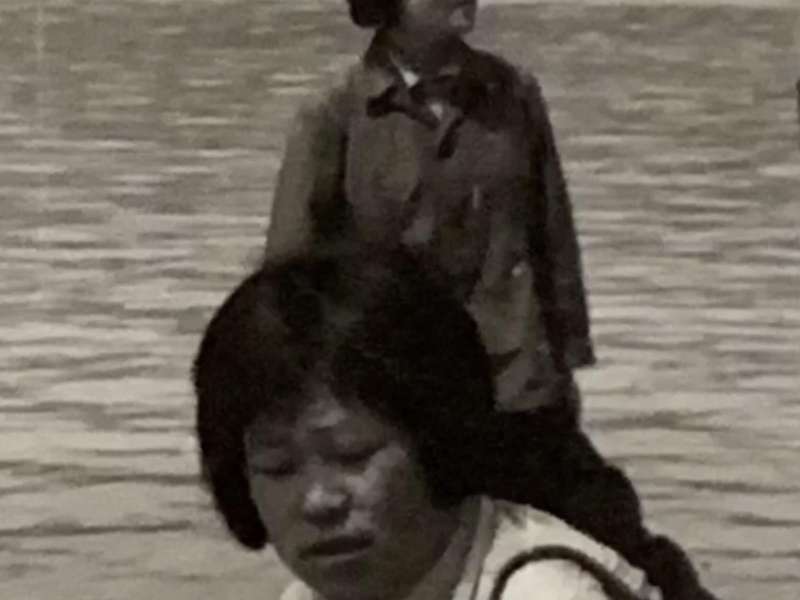
Timeless Classic Beauty in Yang Fudong's Films
For his most comprehensive institutional exhibition to date, Yang Fudong will present a film that intends to contain a complex reality that is both real and constructed. Inspired by her childhood in the rural Eastern suburbs of Beijing, this work weaves together elements of the past and present, public and personal.
자세한 정보